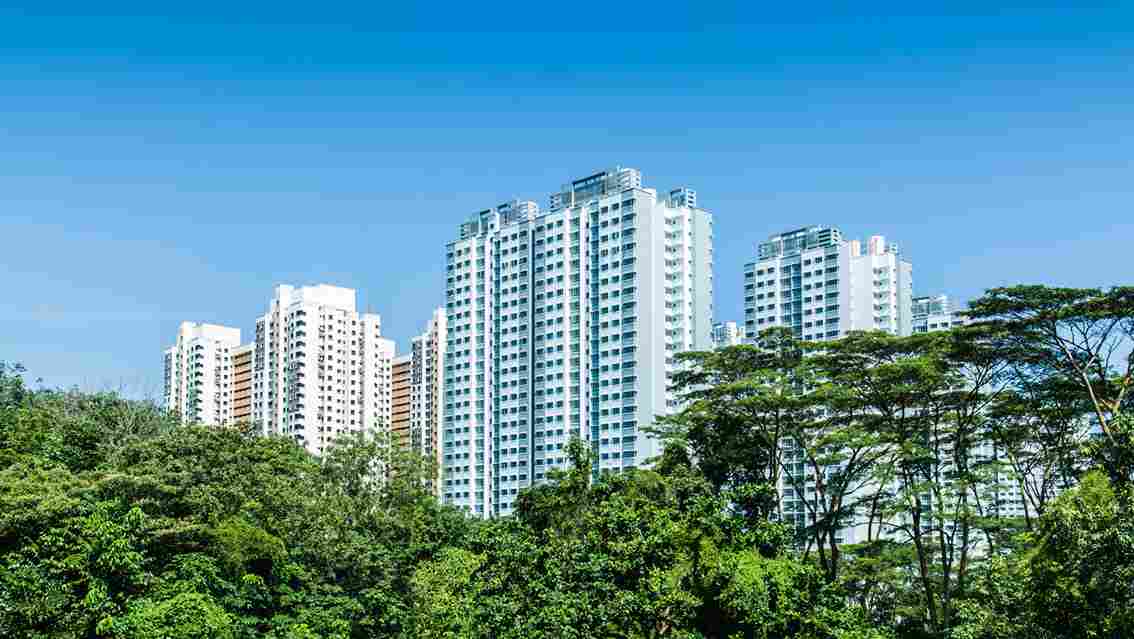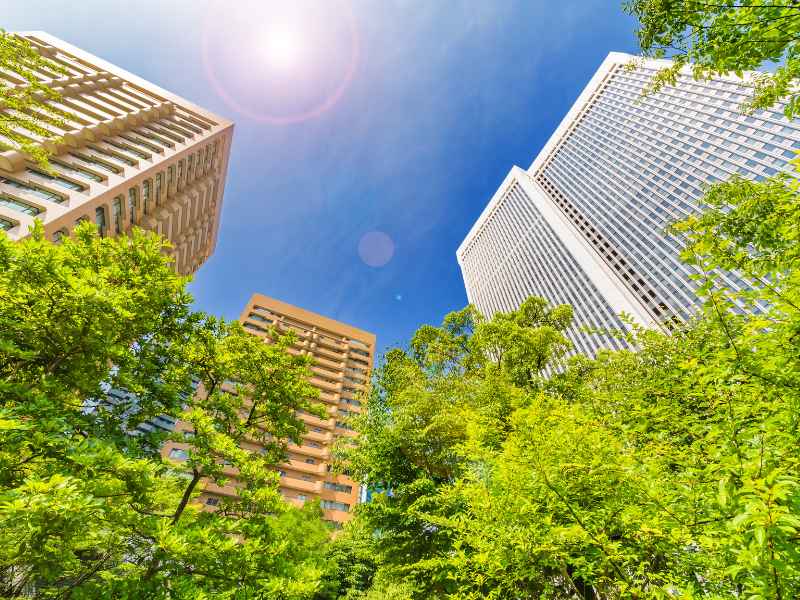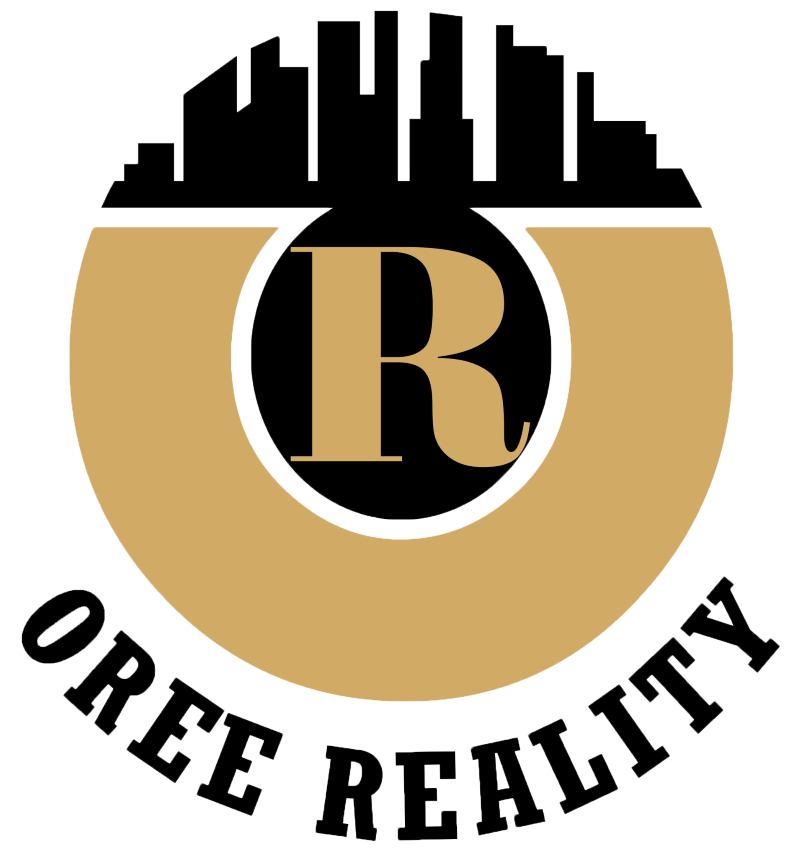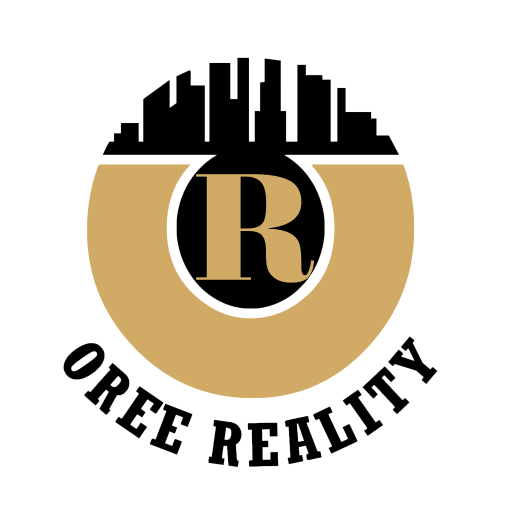Developing ECO-Friendly Homes – Nature over Profit

Green buildings can save up to 30% of energy and 50% of water, according to studies. Construction workers can switch to renewable energy sources while still working on the project
The real estate industry has long contributed to the expansion of the national economy as the second-largest source of employment. There has been a structural change in housing demand recently as a result of people realizing the importance of home ownership, which has further boosted the sector. A recent analysis by Infomerics Valuation and Rating, titled “Real Estate Business: Outlook and Challenges,” which claims that the Indian real estate industry is on course for sustained high growth at over 75% Y-o-Y for the next three years, validates the same. The industry is anticipated to reach a $2 trillion market size by 2030 and contribute 13% to the GDP by 2025, according to an IBEF report.
With this level of development, there has never been a better chance to switch from outdated, resource-intensive development methods to ones that are more environmentally friendly and low-carbon. In this crucial decade, when the most vigorous decarbonization is required, there is no need to lock in enormous volumes of carbon emissions through urbanization. Additionally, the UN Environment Programme estimates that almost 40% of all worldwide carbon emissions are caused by the construction and maintenance of buildings. Therefore, due to its inherent existence across all sustainability-driven concerns, real estate can be the catalyst for significant change.
Eco-Friendly solutions
There is a discernible trend among modern customers to live sustainably. In addition to favouring green-certified buildings from grade-A developers, informed and responsible homeowners are increasingly adopting eco-conscious real estate alternatives. In the past ten years, India’s top six cities—NCR, Mumbai, Pune, Hyderabad, Bengaluru, and Chennai—have seen a 31% growth in the amount of green real estate assets.
Green buildings can save up to 30% of energy and 50% of water, according to studies. Green buildings are resilient to climate change, use less water, use energy efficiently, save natural resources, produce less waste, and promote biodiversity. This is accomplished through sustainable design, construction, and operations. As a result, they guarantee a higher liveability quotient by offering superior air quality, appropriate lighting, better ventilation, and general well-being. Additionally, from an economic perspective, green homes offer higher returns on investment, increased asset or rental values, property tax rebates, and cost savings on recurrent expenses like power, water, medical, etc.
Benefits of ECO-Friendly home construction for developers
Developers must set decarbonization goals that are supported by research. Additionally, these goals encourage competition and innovation in the industry. In the end, conserving resources lowers expenses, increases the development’s and the developer’s resistance to changes in policy, unlocks value, and ensures growth into the future. When assessing the physical climate risks that may influence the region in which they are developing real estate.
Successful pilot programmes can offer chances to scale up workable technologies and reduce emissions significantly. The entire procedure can be designed to comply with globally accepted accounting and reporting standards like the GHG Protocol. It’s crucial to consider the full construction lifecycle in this regard because it may assist establish precise goals for each effect category and project stage.

Relevant materials
Leading developers can also change energy use to renewable sources during the actual construction phase to reduce GHG emissions and green the project’s lifetime. When developing green projects, it is important to keep circularity principles like “reduce, reuse, recycle” at the forefront and use more environmentally friendly building materials. Additionally, the government and regulatory agencies have taken a number of actions to reward and promote sustainable business practises in the real estate sector. The central government has allocated 19,500 crores in the Union Budget 2022 to promote the production of solar modules under its flagship PLI (production-linked investment) scheme. Developers working on climate-adaptive and environmentally friendly developments are being rewarded by both government policy and investors’ attention. Additionally, a collaborative ecosystem is required to meet sustainability goals, with city regulators, together with investors, landlords, and occupiers, playing a critical role in facilitating the decarbonization of the built environment. Increased stakeholder participation promotes faster progress toward achieving net-zero goals.

The notion of sustainability as an economic risk has taken centre stage in boardrooms as the phrase “planet over profit” has gained popularity. Green buildings that are built responsibly can make a substantial contribution to India’s goal of decreasing its overall carbon emissions by one billion tonnes by 2030 and achieving its net-zero aim by 2070. According to a JLL report titled “Sustainable Real Estate: India’s reaction to a greener future,” 81% of respondents believe real estate can revolutionise efforts to advance sustainability. The real estate sector must keep up with and be at the centre of these systemic advances for a greener future as a constantly changing business environment seeks to align itself with the low-carbon economic agenda by adopting strong net-zero carbon goals.




